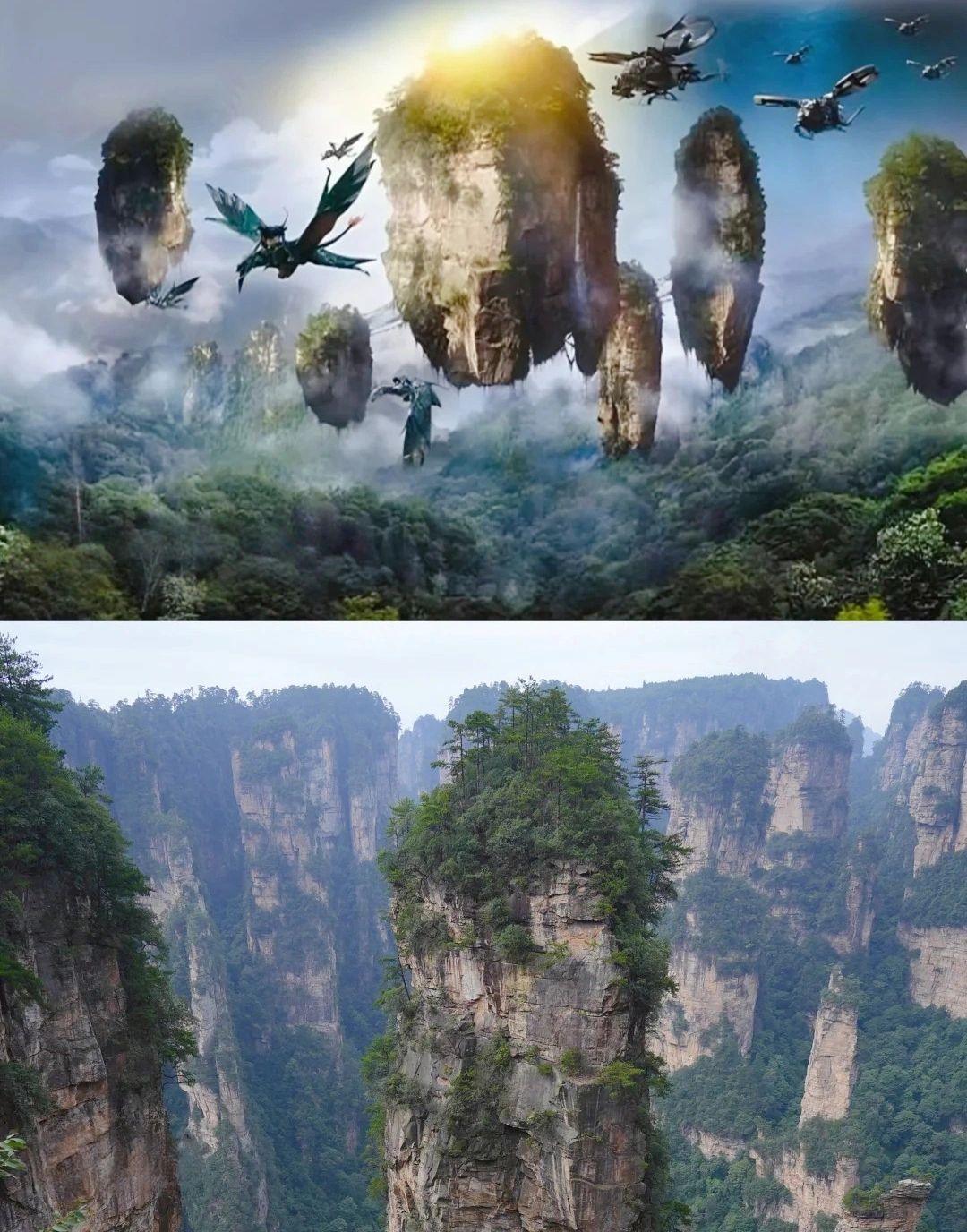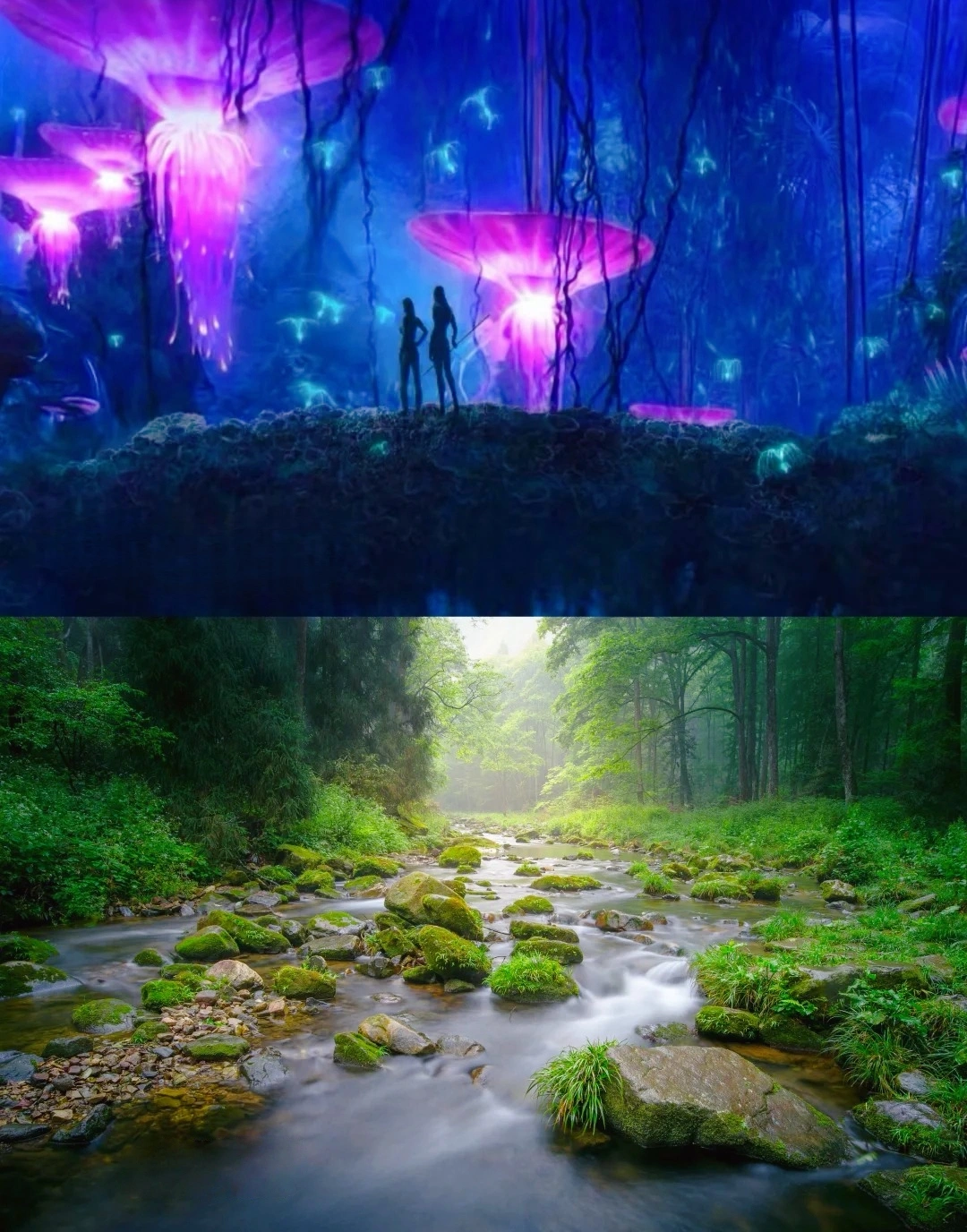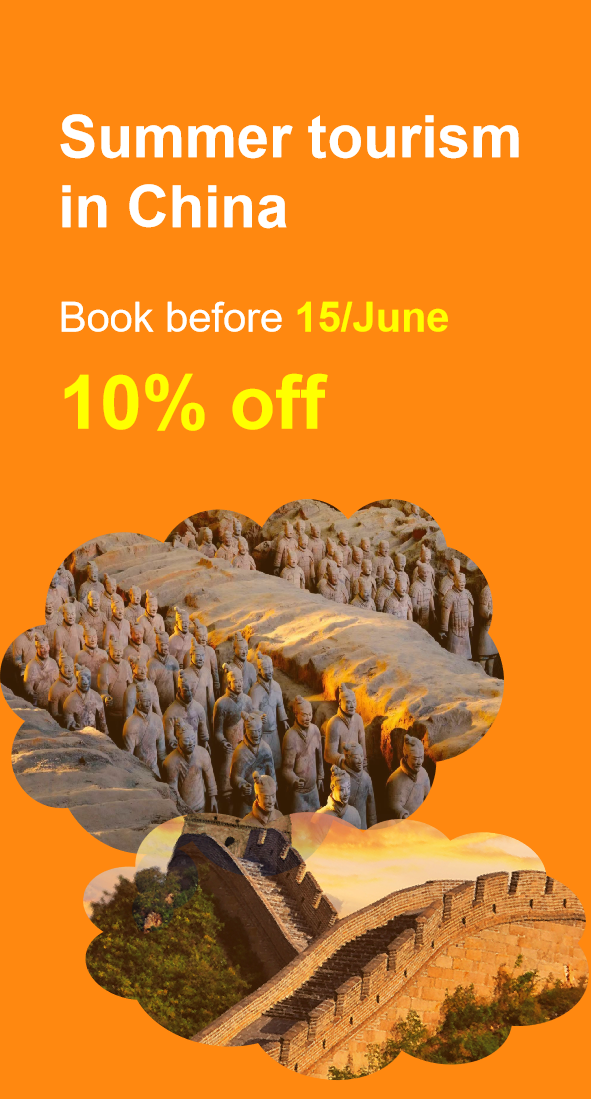Kubuqi Desert
Nestled in China’s Inner Mongolia Autonomous Region, Kubuqi Desert is a UNESCO-recognized symbol of ecological restoration. Once an expanding desert threatening Beijing with sandstorms, it’s now a hybrid landscape of solar panels, restored grasslands, and adventure tourism. Spanning 18,600 km², it’s home to the world’s largest desert PV power station (1,000 MW) and China’s first national desert park. Dubbed the “Green Economic Zone,” it balances economic growth with environmental stewardship.
Historical Overview
- Ancient Nomads: The desert’s name, Mongolian for “bowstring,” reflects its historical role as a nomadic crossroads. Silk Road caravans once traversed its dunes.
- Ecological Crisis: By the 1980s, 60% of Kubuqi was barren, causing annual sandstorms affecting 100 million people.
- Modern Transformation: A 30-year government-led project (1988–2024) revived 6,000 km² of vegetation, slashing sandstorms by 90%. In 2024, UNESCO honored it as a “Global Land Restoration Model.”
Structural Layout
The desert is divided into three zones:
- Adventure Core: Sandboarding, camel treks, and Xiangsha Bay (Singing Sands).
- Eco-Industrial Zone: The “Blue Dong” PV power station and desert agriculture farms.
- Cultural Belt: Mongolian yurts, ancient oases, and the Seven Star Lakes.
Major Attractions
- Xiangsha Bay (Singing Sands): A 500m-tall dune emitting roaring sounds when winds exceed 4m/s.
- Seven Star Lakes: Artificial lakes formed by desert irrigation, ideal for birdwatching.
- Blue Dong Solar Farm: The world’s largest desert PV power station, spanning 28 km².
- Engebei Eco-Center: A restored oasis with organic vineyards and eco-lodges.
- Mongolian Yurt Camp: Authentic nomadic stays with traditional music and cuisine.
Suggested Itineraries
- Classic Half-Day Tour
- Xiangsha Bay → Seven Star Lakes → Blue Dong Solar Farm.
- Highlight: Sandboarding at Singing Sands.
- Full-Day Adventure
- Camel Trek → Yurt Camp → Engebei Eco-Center → Night Sky Photography.
- Add a visit to the Desert Agriculture Museum.
- Comprehensive 3-Day Expedition
- Day 1: Adventure Core (sandboarding, camel rides).
- Day 2: Eco-Industrial Zone (solar farm, agriculture).
- Day 3: Cultural Belt (yurt stay, nomadic rituals).
Ticket Purchase
- Standard Entry: ¥120 (adults), ¥60 (students/seniors).
- Special Passes:
- ¥280 (2-day adventure + yurt stay).
- ¥680 (3-day eco-tour with solar farm access).
- Discounts: Free for children under 1.2m; 50% off for disabled visitors.
- By Air: Fly to Hohhot (HET), then 1.5-hour bus to Kubuqi Desert Park.
- By Train: High-speed rail from Beijing (2.5 hours) to Ordos, then taxi (40 minutes).
- Local Transport: 4x4 desert safaris (¥800–1,200/day for 4 people).
Best Time & Tips
- Peak Season: May–October (mild temperatures, clear skies).
- Avoid Crowds: September for quieter trails and golden grasslands.
- Essentials:
- Sunscreen, goggles, and a scarf for sandstorms.
- Book eco-lodges in advance (limited availability).
- Respect nomadic traditions: ask before photographing locals.
Contact Us
Что говорят наши клиенты?
На основе более 10 000 отзывов путешественников
Daniel Dorothea
Canada
Reviewed on April 29,2025
Shopping on Nanjing Road in Shanghai was just amazing! It's truly the "First Commercial Street of China", where tradition and modernity blend perfectly. You can find awesome souvenirs and experience the trendy vibes in cool stores. The neon lights at night are just spectacular, shining bright like Times Square in New York. The food here is incredible too. I had a feast for my taste buds. Shanghai, I'll definitely be back!
Destination(s):
Shanghai
Date of
Experience:
May 08,2024
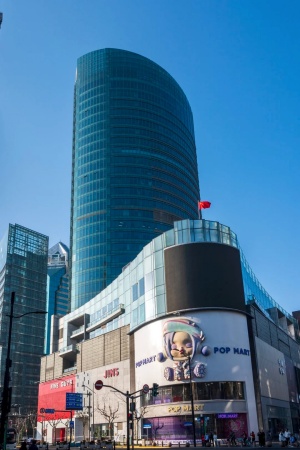
Elvis Eva
Canada
Reviewed on June 20,2025
As a solo traveler from Canada, I was nervous about navigating China alone—but this 11-day tour was PERFECT! From hiking the Great Wall at sunrise (Day 3) to gasping at the Terracotta Army (Day 5), every day delivered ‘pinch-me’ moments. The real showstopper? Zhangjiajie’s Avatar Mountains (Day 7)! Our guide made the stone pillars come alive with stories.
Massive thanks for handling all logistics—bullet train tickets, entry passes, car! And the 4-star hotels surprised me.
Destination(s):
Beijing Xian Zhangjiajie Shanghai
Date of
Experience:
June 02,2025
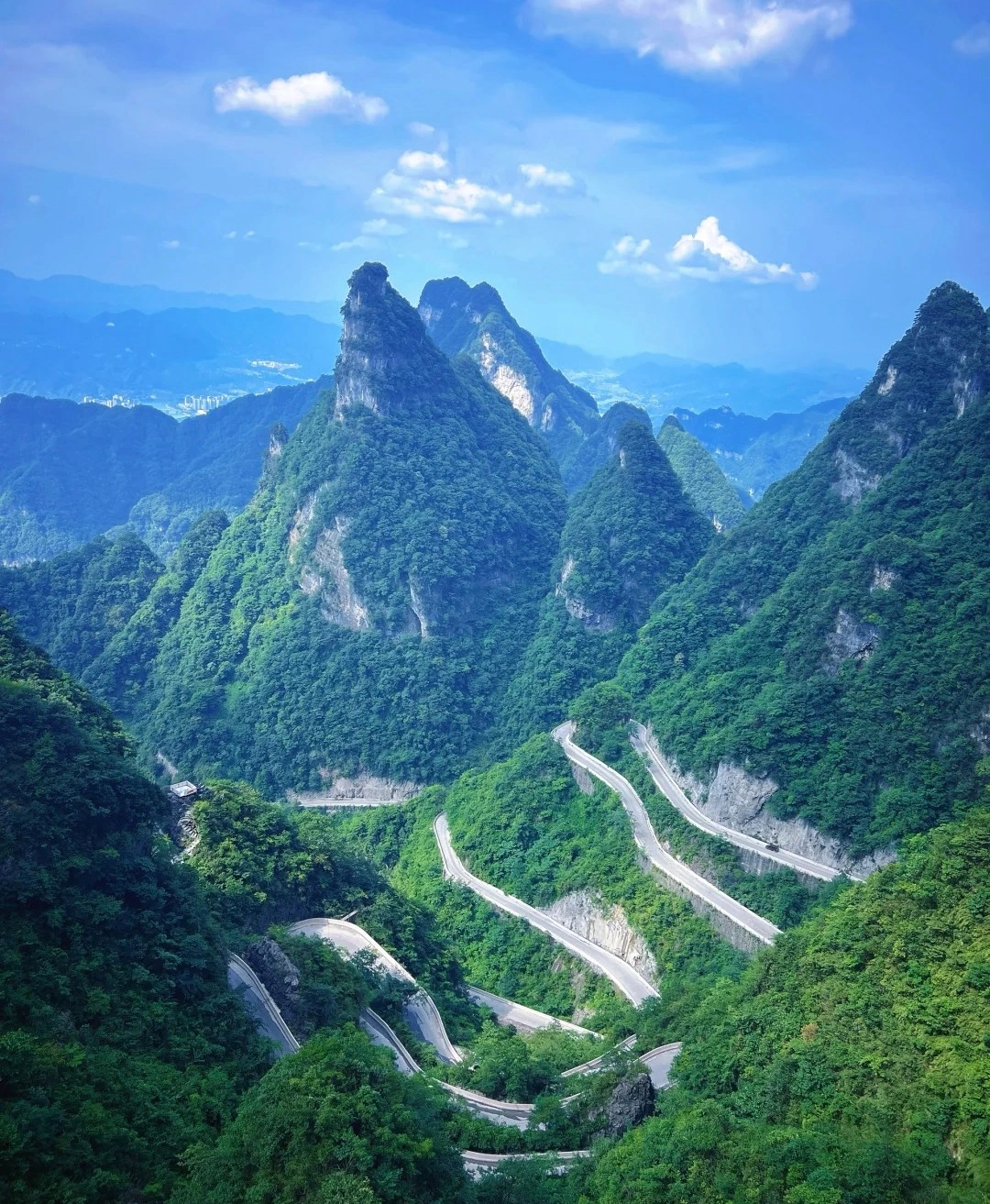
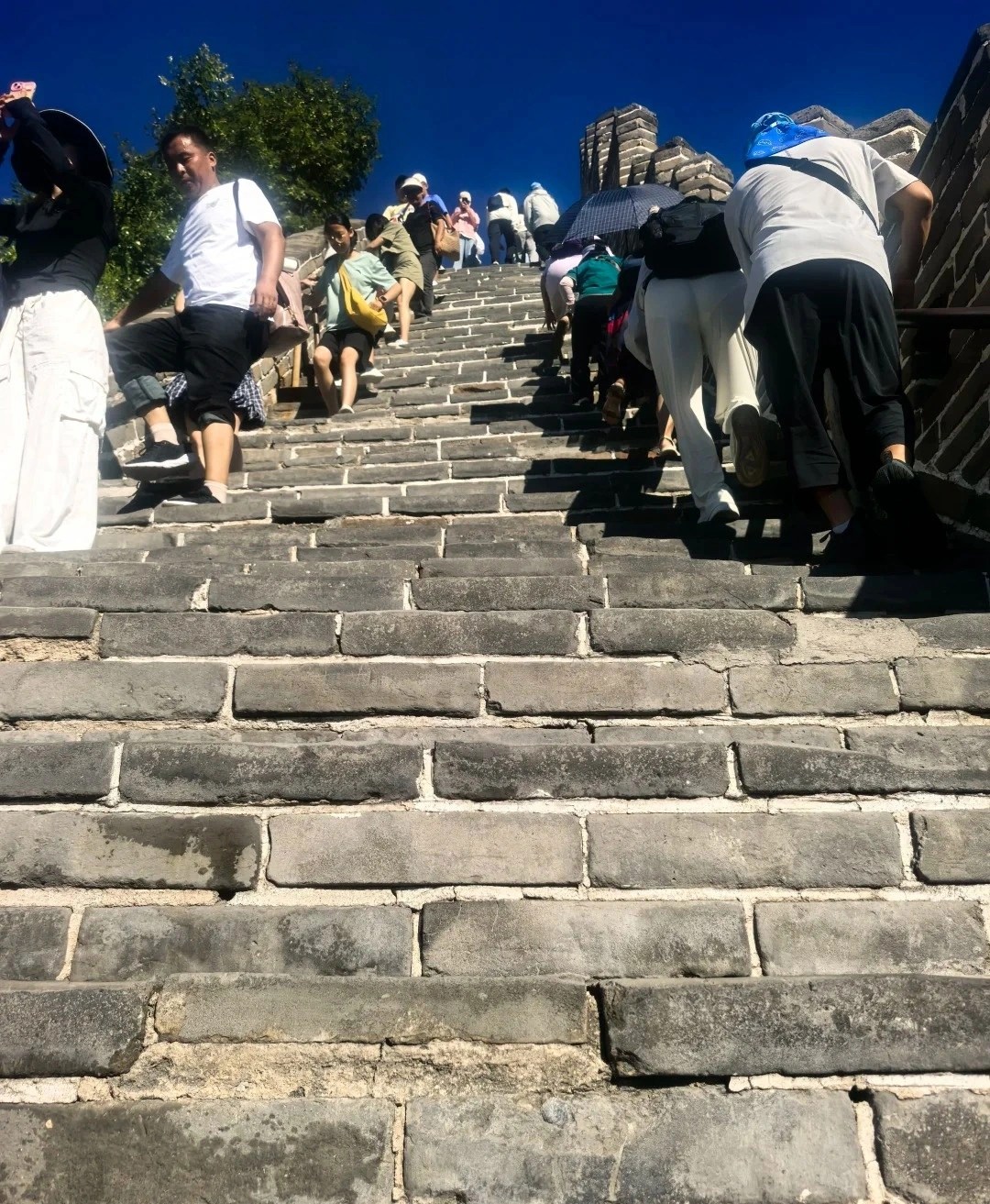
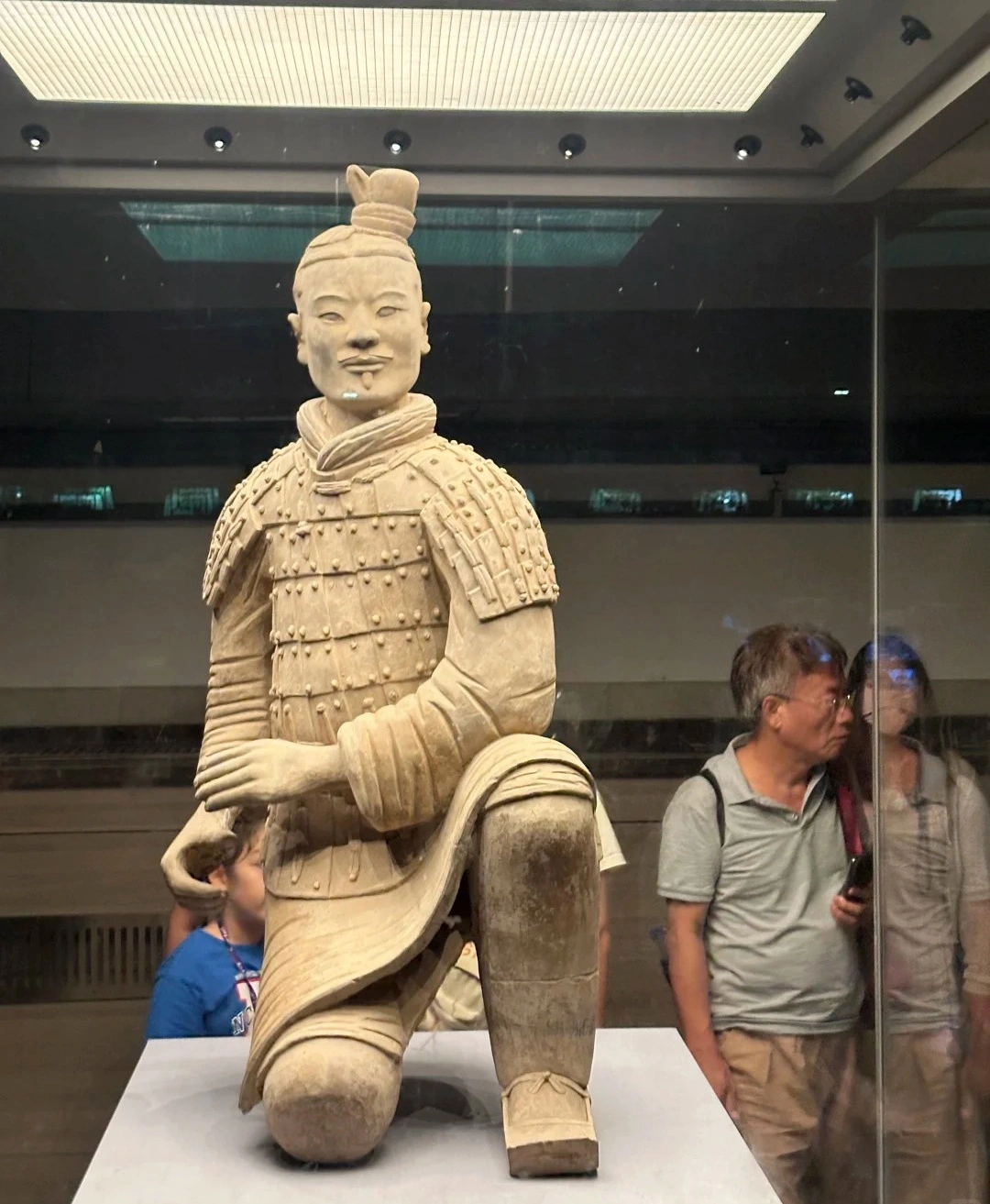
Simon
America
Reviewed on May 29,2025
Our 2-day Zhangjiajie tour was beyond spectacular! As someone who’s visited Beijing and Shanghai for work, this trip revealed China’s wild, magical heart. Day 1 in Zhangjiajie National Forest Park felt like stepping onto Pandora—I’m a huge Avatar fan, and Yuanjiajie’s floating peaks left me breathless. The misty pillars and lush valleys like pure movie magic!
Then came Fenghuang Ancient Town, we eat dinner beside the thundering waterfall. It seems Unreal! The night views of stilt houses glowing over the river were straight from a fairy tale.
For fellow Avatar lovers and adventure seekers: Don’t miss this bucket-list experience! 10/10 would return.
A Well-Traveled Film Buff, May 2025
Destination(s):
Zhangjiajie
Date of
Experience:
May 08,2025
